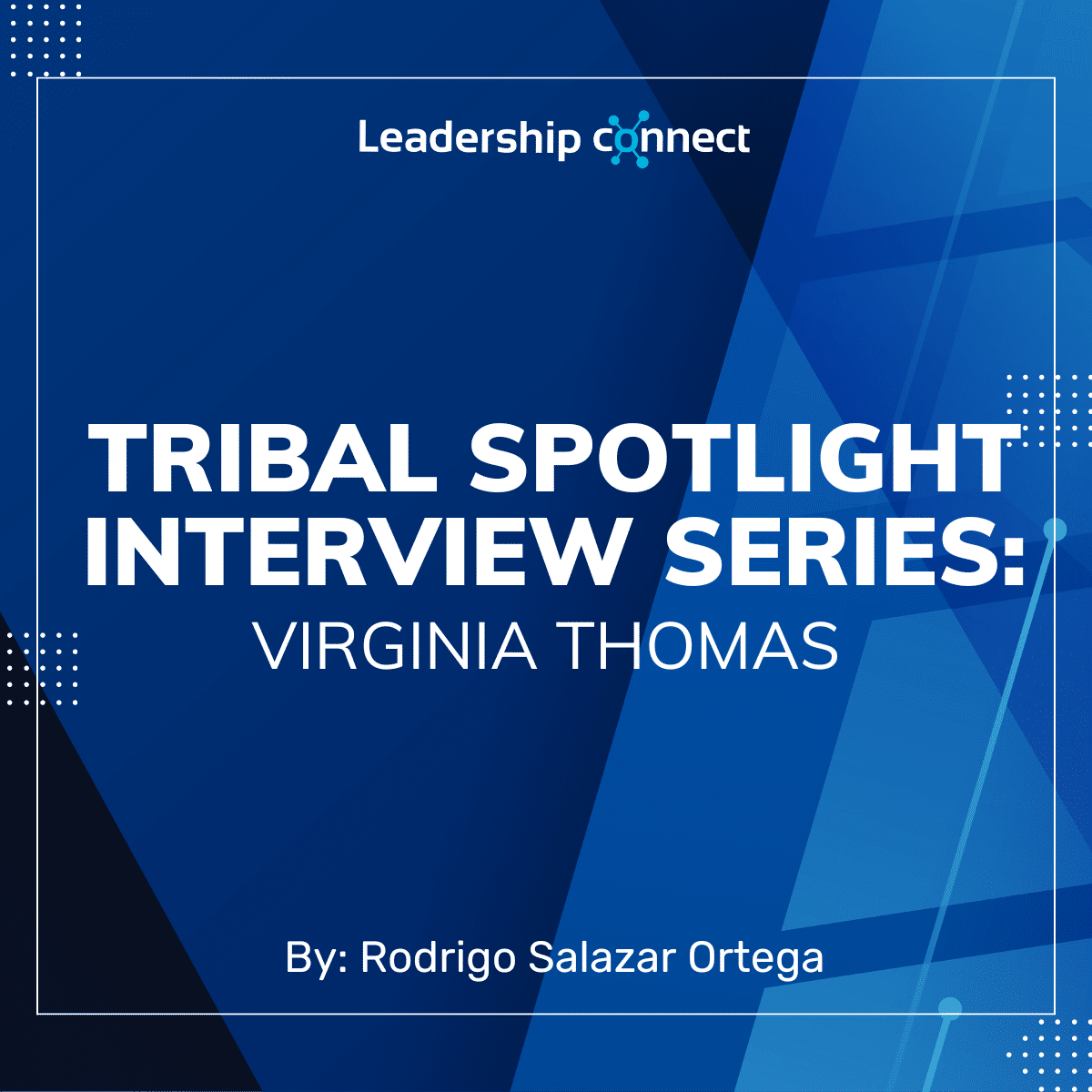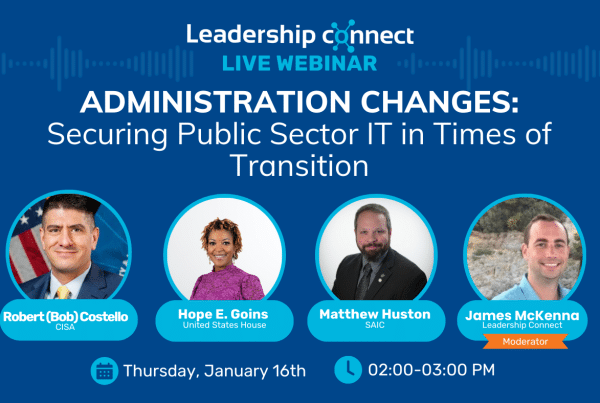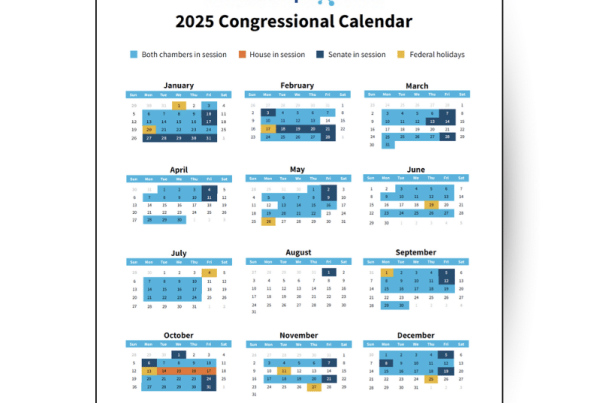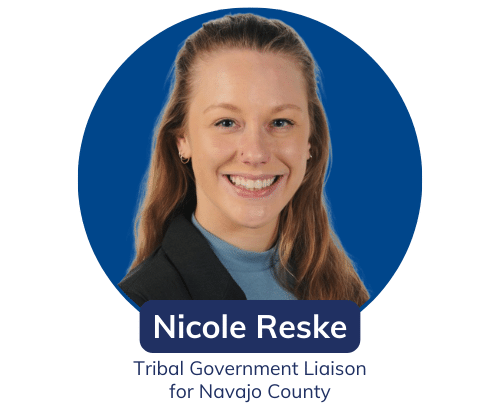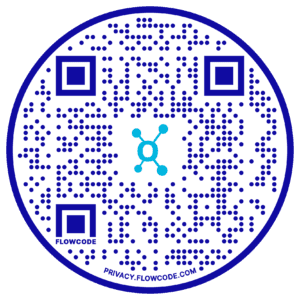I spoke with Virginia Thomas about her experience in Tribal education and working with various nations throughout her career.
Can you tell me about your career path that has led you to where you are now?
My dad passed after my high school graduation and being the 7th of 8 children I felt like I could not go to college. I got to work on an assembly line, and I prayed to not have to do this. I then got the opportunity to go to San Diego State University on their Native Teachers intern program. I was the last spot that they accepted. It was the first time I saw all native teachers and I was introduced to Indian education associations. My mentor’s thoughts are something I have never forgotten, and I always teach – “Anyone can teach but I am teaching you to be a leader.“ After graduating, I worked with 9 different tribes in JUM programs. Then, I moved to Alaska for 18 years working with their profit and non-profit JUM programs. I then became a board member for the National Indian Education Association. I’m the longest serving Advisory Council member on National Advisory Council on Indian Education and I started under Bush, so I’ve started under 4 Presidents.
How did you become passionate about the intersection of tech, government, and tribal communities, and how do you stay informed and engaged in those areas?
My career path started when I was in the 2nd grade. We were the only Tribal family in our neighborhood. When I was in 2nd grade, I had this teacher called Mrs. Meyers and she was the worst. I remember taking an aptitude test and she gave it to me and snatched it out of my hand saying, “Virginia is only going to be good with her hands.” When my dad explained to me what that meant it made me think “I can be a better teacher than her” and although I did not know how or what that meant; however, I knew I was going to do. I was going to be a teacher.
Describe a challenging or rewarding project that significantly influenced your growth as a professional. How did you handle the challenge, and what did you learn from the experience?
When I first got a seat at the National Indian Education Association, I was 20 years old, and I witnessed abuse of alcohol to such an extent. I was so disheartened. I told myself if I ever got to be on this board, I would fight to change this. I remember going in and trying to make a change, getting met with a lot of resistance. I asked for a break, and they gave me 20 minutes. I called the drum group, the elder group, and the leadership group. I got them to come down to the board meeting and put going alcohol up for a vote. We won the vote by default.
What advice would you give to someone navigating how to bridge the gap between traditional practices and modern governance structures?
I think I can speak on both sides because I worked for my Tribe, but I also worked with other tribes to which I did not know the language and customs. You must adapt and understand. Do not try to make changes but encourage differences. If you want to set a foundation you need long rooted grass to stabilize the ground. You must appreciate the diversity in culture and the foundations that exist. What is important to you is just as important to tribes, so learn from them. You may not succeed at what you think is the ending result, but the ending result is exactly what you were supposed to accomplish.
Word Association, what is the first word that comes to mind for each of there?
- Policy – Structure
- Networking – Stronghold
- Communications – To teach at all times
- Leadership Connect – “You’re here to serve and not be served”


